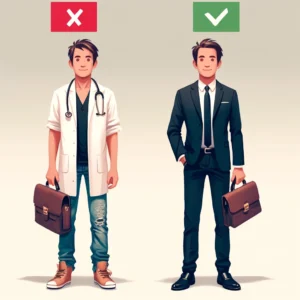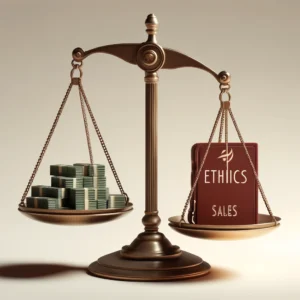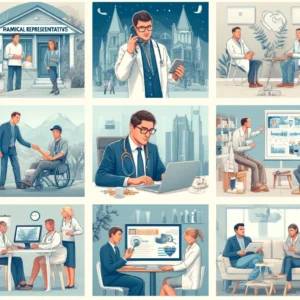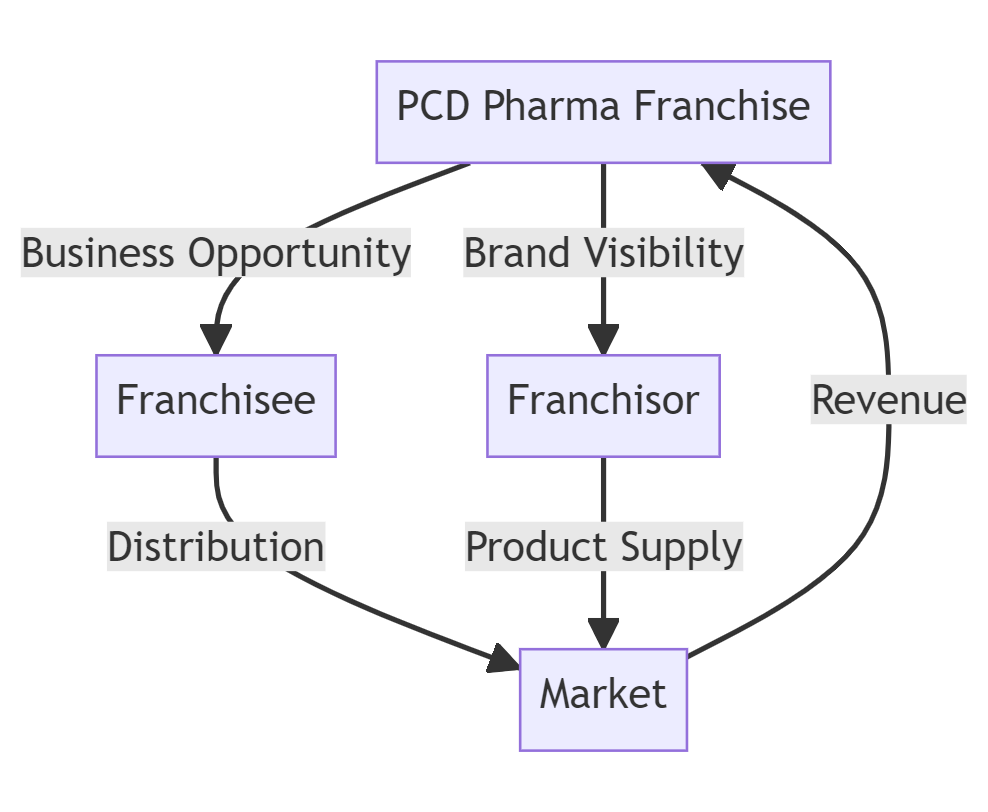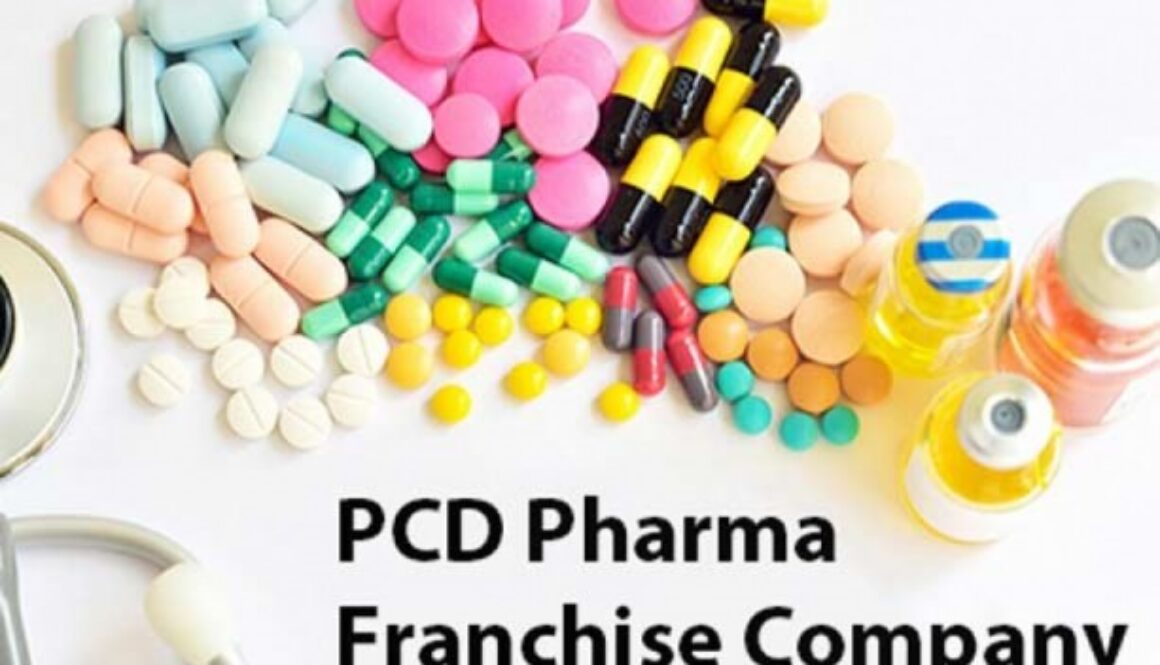India’s Top 25 Pharma Companies by Revenue in 2024: Unveiling the Giants of the Pharmaceutical Industry
1) Sun Pharma

Sun Pharma, topping the list of India’s highest-grossing Pharma Companies in 2024, has delivered a robust financial performance throughout the year. With a focus on both specialty and generic products, the company reported a significant quarterly revenue of approximately ₹12,380 crores. Notably, their operations in the US market contributed significantly, generating $477 million (about ₹3,880 crores), showcasing a year-on-year growth of 13.2%. This growth was supported by strategic moves such as the acquisition of Taro Pharmaceuticals.
Research and development continue to be a cornerstone of Sun Pharma’s strategy, with multiple new molecules being tested for various conditions, including diabetes and skin cancer. This investment in innovation positions the company to enhance its future product offerings.
The company’s success in the Indian market is particularly notable, with a substantial portion of their revenue derived from domestic sales, indicating strong local demand. The overall positive outlook from analysts suggests that Sun Pharma’s focus on both the Indian and international markets will likely sustain their growth and profitability in the foreseeable future.
2) Dr. Reddy’s Labs
Dr. Reddy’s Laboratories, a significant player in the Indian pharmaceutical landscape, reported a total revenue of Rs. 16,962.50 crores in 2024. The company experienced moderate growth this year, fueled by strategic pricing, innovative product launches, and an impactful presence in emerging markets. Dr. Reddy’s Labs also focused on enhancing its research and development activities, leading to new opportunities in both small molecules and biosimilars. Their financial stability is reflected in their consistent investment in technology and global expansion efforts (Business Wire).
3) Cipla
Cipla continues to stand out in India’s pharmaceutical industry with strong financial performance in 2024, maintaining its position as one of the top companies in the sector. The company reported substantial revenue growth, supported by robust sales across its branded prescription, trade generics, and consumer health segments. Notably, Cipla’s strategic initiatives in the US market and new product launches have significantly contributed to this growth.
Cipla’s commitment to R&D has been a major focus, driving the introduction of new products and enhancing its market competitiveness. The company has also shown strong performance in emerging markets, further solidifying its position as a global pharmaceutical leader. This comprehensive approach to growth in various sectors of the pharmaceutical market underscores Cipla’s ongoing dedication to innovation and expansion.
4) Aurobindo Pharma
Aurobindo Pharma, headquartered in Hyderabad, is a prominent player in the Indian pharmaceutical sector. For the fiscal year 2024, Aurobindo Pharma’s net sales stood at Rs. 12,792.28 crore. The company has shown a commendable performance, maintaining a significant presence both in the domestic and international markets.
Aurobindo Pharma specializes in producing generic pharmaceuticals and active pharmaceutical ingredients (APIs), catering to various therapeutic categories such as neurosciences, cardiovascular, antiretrovirals, antibiotics, and gastroenterology. The company’s robust product portfolio supports its strong position in the competitive pharmaceutical landscape.
Over recent quarters, Aurobindo Pharma has demonstrated substantial financial growth. In the third quarter of FY 2024, the company’s revenue witnessed a 15.61% increase compared to the same period last year, reaching ₹7,514.30 crore. Moreover, their net profit surged by 90.59% to ₹936.29 crore during the same quarter .
Aurobindo’s consistent focus on expanding its global footprint and enhancing its manufacturing capabilities has played a crucial role in its growth trajectory, solidifying its rank among the top Pharma Companies in India.
5) Lupin
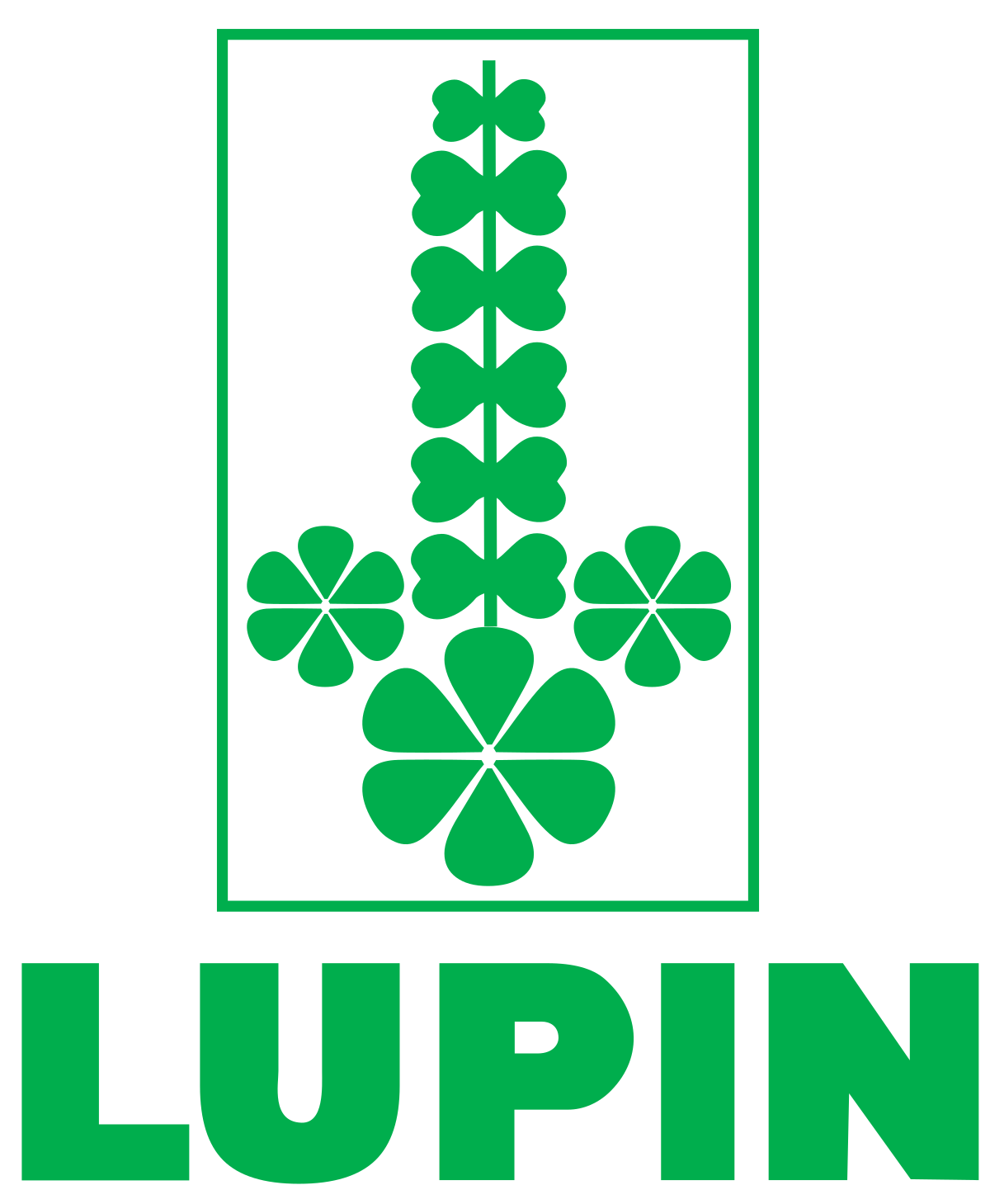
Lupin has demonstrated substantial growth in the financial year 2024, solidifying its position as a major player in both the Indian and global pharmaceutical markets. For the third quarter of FY 2024, Lupin achieved a remarkable net sales figure of ₹5,197.41 crore, reflecting a significant year-over-year increase of 20.25%. The company’s consolidated sales for the nine months of FY 2024 reached ₹147,612 crore, which represents a 23.6% growth compared to the previous period.
Lupin’s strategic initiatives across various markets have contributed to this growth. Notably, sales in North America have shown impressive progress with a 23.7% increase year-over-year, indicating strong demand for Lupin’s products in the region. The company also reported growth in the Indian market with a 13.4% increase in sales, emphasizing its dominance and operational success domestically.
Research and development remain a critical focus for Lupin, with investments amounting to ₹3,567 million, which is about 7.0% of their sales, underscoring their commitment to innovation and development of new products. These investments have resulted in multiple ANDA approvals and the launch of new products in the U.S., enhancing their generic product portfolio.
Overall, Lupin’s performance in FY 2024 highlights its successful expansion and operational efficiency, driven by strong sales growth across key regions and strategic R&D initiatives.
6) Alkem Lab

Alkem Laboratories, an esteemed player in the Indian pharmaceutical industry, has reported significant financial achievements for the fiscal year 2024. In the third quarter, Alkem’s total revenue from operations reached ₹9,054.55 crore, marking a year-on-year growth of 9.3%. This robust growth trajectory was further underscored in their nine-month performance, with a total revenue of ₹97,318 million, showing an 11.9% increase compared to the same period in the previous year.
Alkem Laboratories has excelled in harnessing strategic market opportunities and expanding its product portfolio, which includes branded generics, generic drugs, active pharmaceutical ingredients (APIs), and nutraceuticals. Their strong performance is partly attributed to significant revenue boosts from both domestic and international markets, reflecting the company’s effective global expansion strategy and its adaptability to dynamic market demands.
Continued focus on R&D and strategic marketing initiatives have also played key roles in driving Alkem’s growth, allowing it to maintain a competitive edge in the pharmaceutical sector. This concerted effort towards innovation and global market penetration is indicative of Alkem’s commitment to enhancing healthcare outcomes worldwide.
8) Zydus Life

Zydus Life, previously known as Zydus Cadila, has shown impressive performance in the fiscal year 2024, particularly in its India and US markets. The company’s consolidated revenues in the second quarter of FY24 reached Rs. 42,586 million, marking an 8% growth from the previous year. The US formulations business contributed significantly, registering Rs. 18,648 million with a 9% year-on-year increase despite a quarterly drop due to new product launches including Indomethacin suppository and Plerixafor injection.
In the Indian market, the formulations business achieved Rs. 13,341 million in revenue, reflecting a growth fueled by the branded formulations, particularly in anti-diabetic and respiratory therapies. The consumer wellness segment, encompassing brands like Nycil and EverYuth, also saw substantial growth, driven by favorable seasonal effects.
Zydus Life has been active in expanding its product offerings and has made significant advancements in its innovation pipeline. This includes initiating Phase II clinical trials for a new chemical entity (NCE) aimed at treating Amyotrophic Lateral Sclerosis (ALS), and starting Phase I trials for a PCSK9 inhibitor to assess its safety and tolerability (Business Wire India).
10) Mankind Pharma
Mankind Pharma is renowned for its wide range of pharmaceutical and healthcare products, focusing on over-the-counter and prescription medications across various therapeutic areas. Known for its consumer-friendly products in the Indian market, the company excels in sectors like antibacterials, antidiabetics, and cardiovascular drugs. In 2024, Mankind Pharma reported a revenue of ₹8,127.15 crore, reflecting its strong market reach and commitment to affordable healthcare solutions, which contribute significantly to its growth.
11) Torrent Pharma
Torrent Pharma is recognized for its strong focus on the therapeutic areas of cardiovascular, central nervous system, gastro-intestinal, and anti-inflammatory drugs. With a robust presence in both the Indian and global markets, the company is known for its integrated healthcare solutions. In 2024, Torrent Pharma generated revenue of ₹7,695.20 crore, demonstrating its operational strength and innovation in drug development, which have significantly contributed to its sustained growth and market penetration.
11) Divis Labs
Divis Labs specializes in the production of APIs and intermediates, with a strong focus on high-potency compounds and nutraceutical ingredients. The company is renowned for its high-quality standards and innovation in the pharmaceutical manufacturing sector. In 2024, Divis Labs reported strong financial performance, achieving revenue of ₹7,625.30 crore, driven by its expertise in complex chemistries and its strategic positioning as a crucial partner for global pharma companies.
13) Laurus Labs
Laurus Labs excels in the manufacture of APIs, formulations, and biotechnology products, focusing significantly on antiretrovirals and Hepatitis C drugs. The company is known for its commitment to affordable healthcare solutions, significantly contributing to the global fight against critical illnesses. In 2024, Laurus Labs reported a revenue of ₹5,773.45 crore, reflecting its strong position in the pharmaceutical market driven by its robust manufacturing capabilities and strategic expansions in the health sector.
14) Abbott India
Abbott India, a subsidiary of Abbott Laboratories, is distinguished for its extensive range of pharmaceuticals, nutritional products, diagnostics, and devices. The company is particularly focused on addressing key healthcare needs in India through innovative and diversified product offerings. In 2024, Abbott India reported a revenue of ₹5,348.73 crore, showcasing its commitment to enhancing health outcomes with a broad portfolio that spans various medical and therapeutic areas.
15) Alembic Pharma
23) Aarti Drugs
Aarti Drugs Ltd, established in 1984, is part of the $900 million Aarti Group of Industries, emphasizing robust R&D capabilities in Maharashtra. The company specializes in the manufacture of pharmaceuticals and active pharmaceutical ingredients (APIs), focusing on ensuring high-quality standards and maintaining a significant global presence. In December 2023, Aarti Drugs reported a decline in standalone net sales to ₹538.21 crore, a 13.96% decrease year-over-year, reflecting challenges yet underscoring its ongoing commitment to innovation and quality in the pharma sector.
24) Pfizer
Pfizer India, a subsidiary of the global pharmaceutical giant, focuses on a broad range of therapeutic areas including vaccines, oncology, and anti-infectives. The company leverages advanced research and development to bring innovative treatments to the Indian market. In 2024, Pfizer India reported revenues of Rs 2,424.76 crore, reflecting its continued commitment to improving healthcare through high-quality pharmaceutical products and a robust pipeline of new drugs in development.
25) Natco Pharma
Established in 1981, Natco Pharma Limited is known for its innovation in pharmaceuticals, especially in oncology and cardiology. It operates across multiple verticals including APIs, generics, and bio-similars, focusing on niche therapeutic areas. In the third quarter of FY 2023-2024, Natco Pharma reported a revenue of ₹795.60 crores and a net profit of ₹212.70 crores, marking substantial growth with a net profit margin of 26.73%. The company’s strategy focuses on targeted segments where it can leverage its R&D and manufacturing capabilities to deliver significant value.
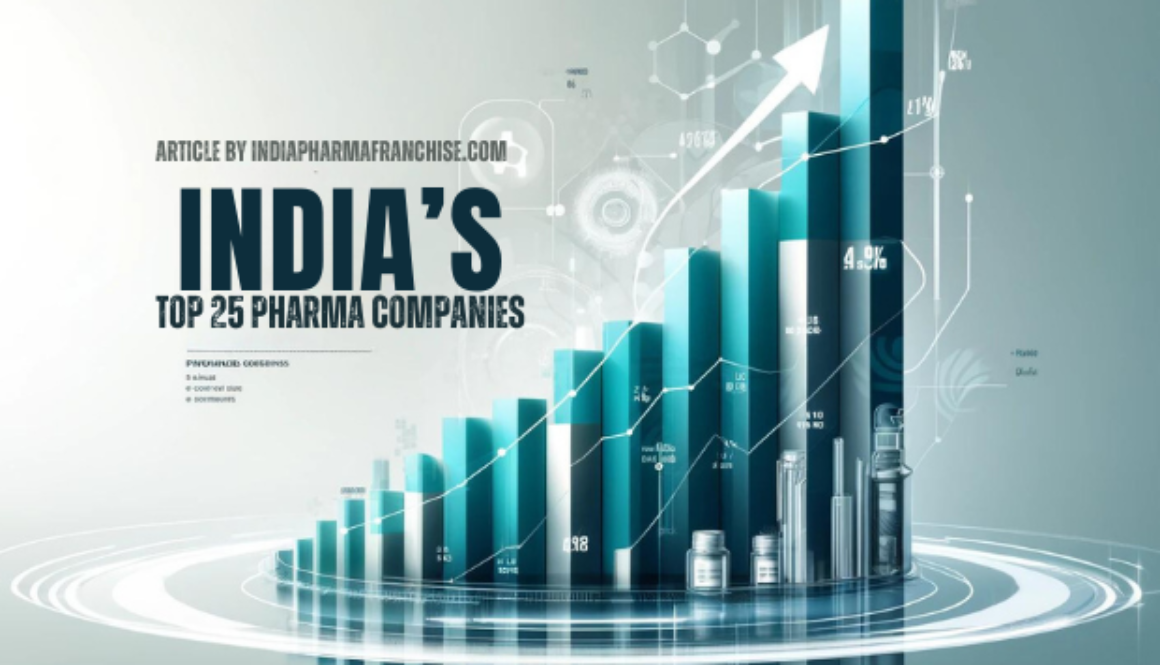









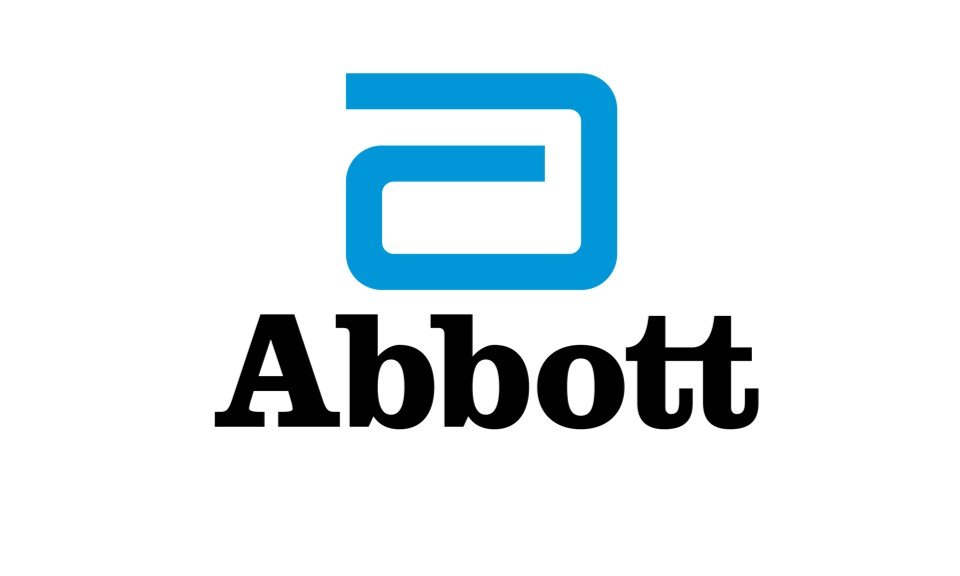



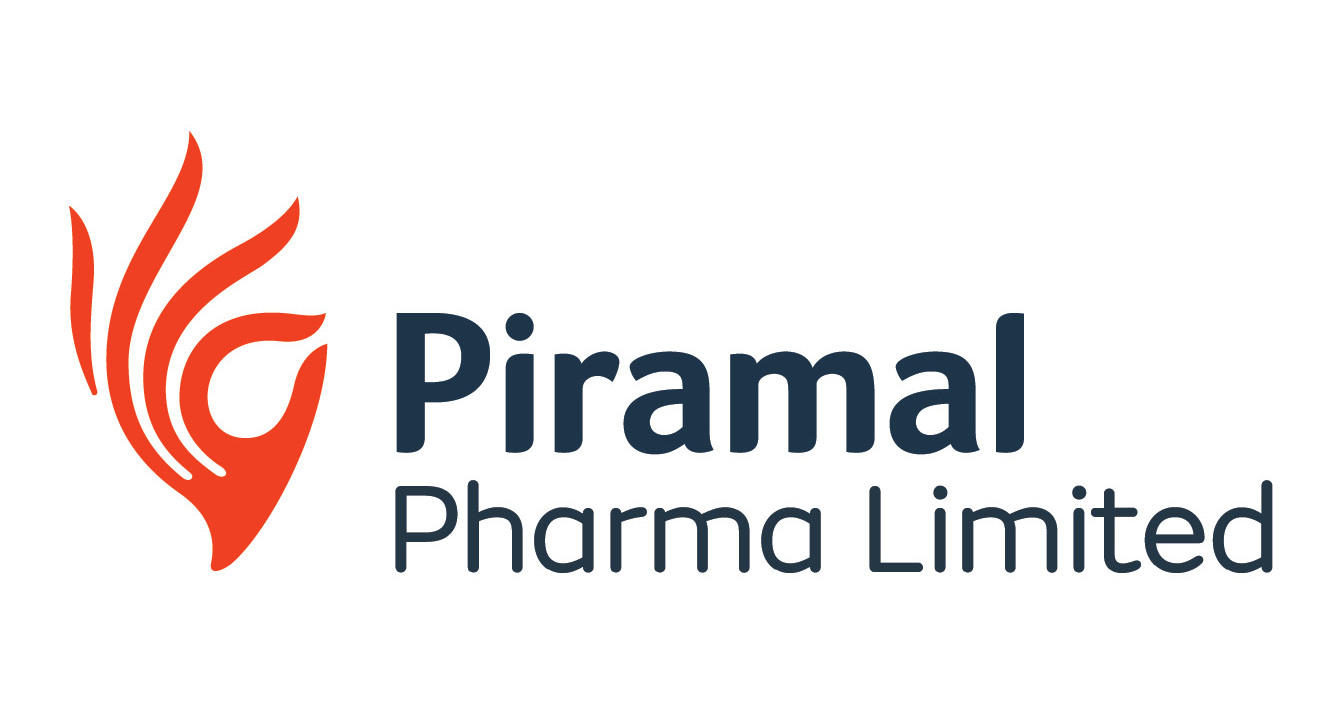
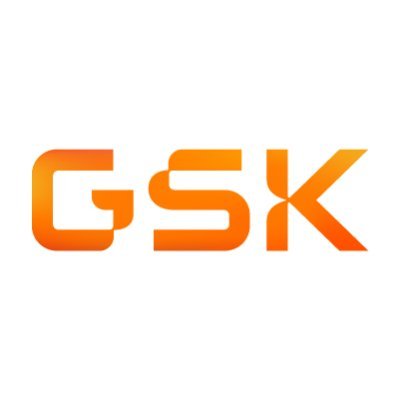




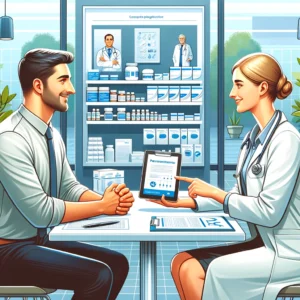
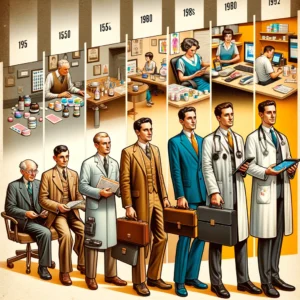 The concept of Medical Representatives has evolved significantly over the years, both globally and within India. In the early stages of the pharmaceutical industry in India, the role of an Medical Representative was more about distributing samples and less about providing comprehensive information. However, as the healthcare landscape in India grew in complexity and competitiveness, the medical representative role transformed. Today, Medical Representatives are not just salespeople; they are knowledgeable advisors who bring value to healthcare professionals through detailed scientific knowledge, patient care insights, and therapeutic expertise.
The concept of Medical Representatives has evolved significantly over the years, both globally and within India. In the early stages of the pharmaceutical industry in India, the role of an Medical Representative was more about distributing samples and less about providing comprehensive information. However, as the healthcare landscape in India grew in complexity and competitiveness, the medical representative role transformed. Today, Medical Representatives are not just salespeople; they are knowledgeable advisors who bring value to healthcare professionals through detailed scientific knowledge, patient care insights, and therapeutic expertise.
